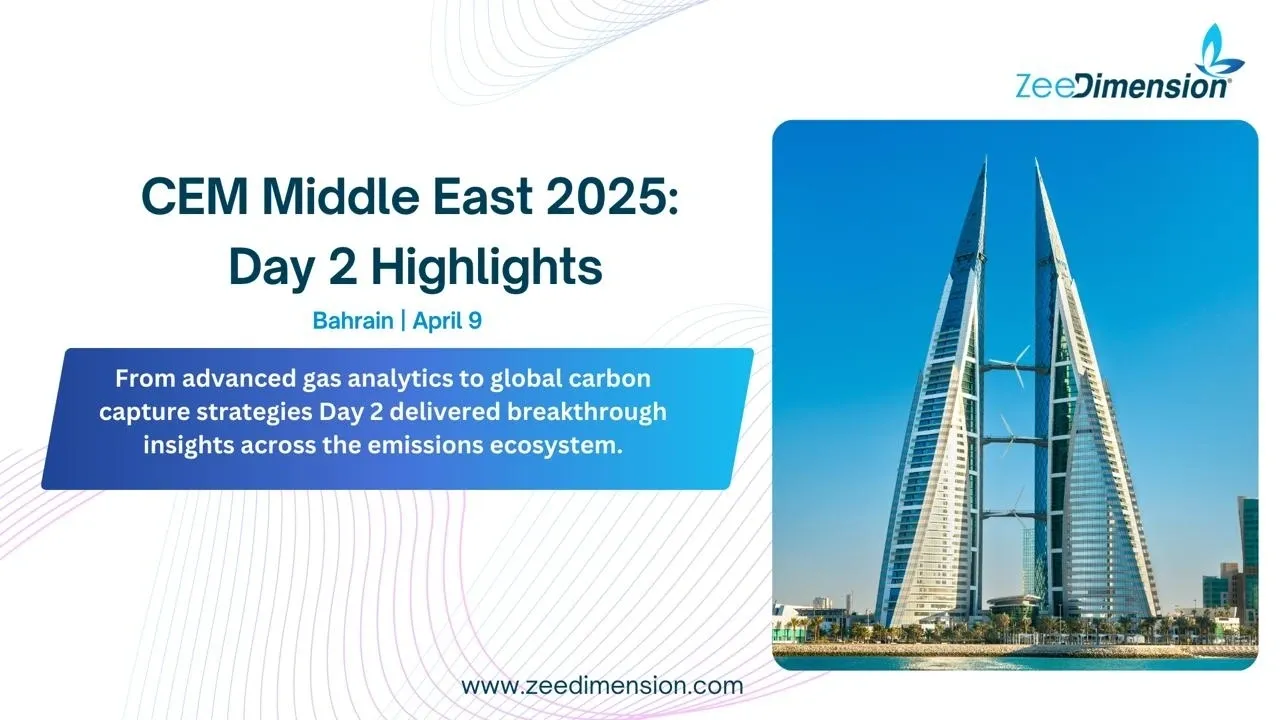
Bahrain | April 9
Day 2 delivered breakthrough insights, covering everything from advanced gas analytics to global carbon capture strategies—highlighting progress across the emissions ecosystem.
Emerging Monitoring Technologies
The “Emerging Monitoring Technologies” session highlighted new tools for better emissions tracking. SLB shared OptiSite and OptiFlow for managing emissions, while AIMS focused on improving flare gas monitoring. Aramco explored using satellites to detect leaks, SK-Elektronik discussed measuring carbon in hydrogen, and Airoptic presented advanced laser gas analysis for cleaner operations.
Data Integrity Takes Center Stage
The “Data Integrity Takes Center Stage” session focused on the importance of reliable data for effective emissions monitoring. DURAG highlighted certified platforms for accurate GHG data, ABB introduced a new global standard for data systems, Oizom shared how analytics can improve emission strategies, and Newtech explained how to check the accuracy of monitoring systems.
Best Practices & Field Challenges
The “Best Practices & Field Challenges” session looked at real-life issues in the field. Expo Tech shared how to safely set up analyzers in risky areas, ENVEA talked about long-term testing for harmful gases, and SK-Elektronik showed how to spot steam leaks for better safety. Prima stressed that accuracy supports sustainability, and ETG explained new global methane rules and what to expect in the future.
Methane & GHG Monitoring: The Global Outlook
The “Methane & GHG Monitoring: The Global Outlook” session looked at global efforts to track and reduce emissions. Pollutrack showed sensors for nonstop methane tracking, and Jürgen Reinmann talked about carbon capture rules in different regions. Aramco shared updates on carbon capture projects, UCalgary explained how satellites find methane from wastewater, and Axetris showed laser tools that work in many environments.
Final Reflections
Day 2 brought powerful insights, from satellite tech and real-time monitoring to secure, standards-based data systems. It also covered global carbon and methane strategies, along with best practices linking lab innovation to field work—a strong step forward in CEM Middle East’s mission for cleaner air.







